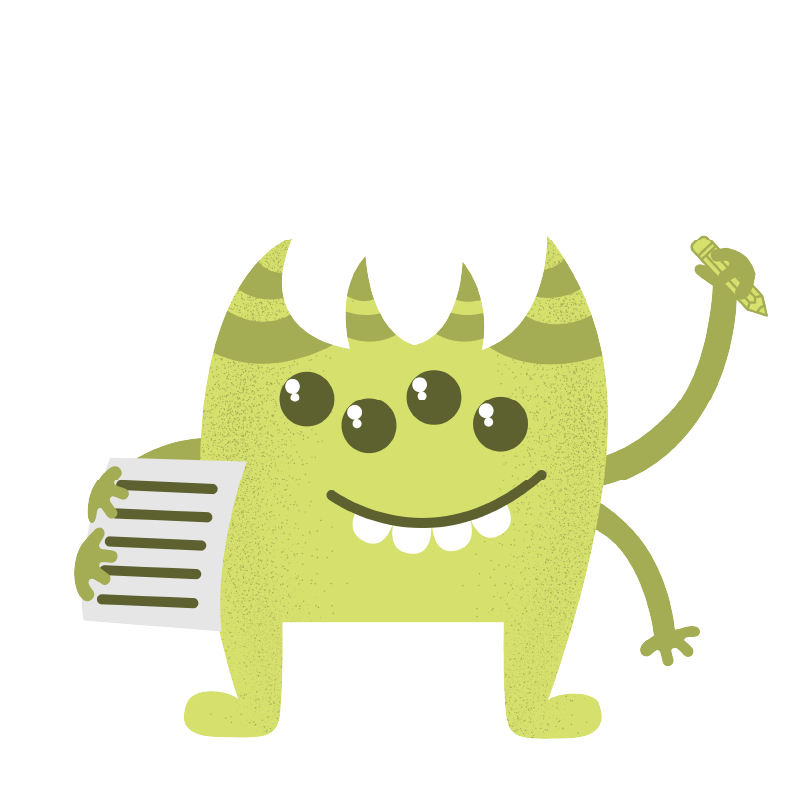Mathematics
for 4th Grade Students
See what skills your child will learn in Mathematics, examples of student work and how you can help at home.
Tip: Hover over icons to see definitions of key terms.
This is an example tooltip!

Expectations for Students
By the end of the 4th grade students should know:
LEARNING 4th GRADE MATHEMATICS
Remember multiplication & division facts for numbers 1 through 12.
Estimate answer, then multiply & divide numbers with multiple digits. For example, 1,638 × 7 & 6,966 ÷ 6
1,638 x 7
Use the four operations (+ – x ÷) to solve multi-step word problems.
Understand & apply equivalent fractions. For example, recognize that 1/4 is less than 3/8 because 1/4 equals 2/8.
Add & subtract fractions with the same denominators
.
Read, compare, order, round, & write decimals. Describe decimals in terms of tenths, hundredths, & thousandths.
Read & write tenths & hundredths as both decimals & fractions (rewriting 0.62 as 62⁄100). For example, remember that 1/2 = 0.5 & 1/4 = 0.25.
1/4 < 3/8
Understand that the area of a two-dimensional figure can be found by counting the total number of same size square units within it. Find the area of rectangular shapes by multiplying length & width.
Example Student Work for 4th Grade Mathematics
ANSWER KEY ON PAGE 16
Sidebar Tooltip
Point A is shown on the number line diagram below. Write three equivalent fractions for point A.

Answers may vary. Any fractions equivalent to 48 are correct. For
example 1/2 , 2/4 , 3/6 ,5/10 ,7/14;
Nicole gives 6/8 cup of food to each of her rabbits every day. She has 7 rabbits. How many cups of food will Nicole feed to the rabbits every day?
5 1/4 cups of food
Kara’s playlist has three songs:
- “This Weekend” (2 minutes)
- “Each Day” (3 minutes)
- “Best Friends” (3 minutes)
How many times can Kara listen to her entire playlist during a 35-minute car ride? Explain your answer using numbers, words, &/or pictures.
4 times
This year, Central Middle School is having a bake sale. Two teams of students bake cookies.
- Josie’s team puts cookies in 8 boxes with 36 in each box
- Rich’s team puts cookies in bags of 20
The two teams bake the number of cookies to fill 8 boxes & 12 bags
- How many total cookies did the students bake?
- How many more cookies are in 5 boxes than are in 5 bags?
- After the bake sale, 1 box & 1 bag of cookies remained. The organizers gave the remaining cookies to the 6 students on the teams. Each student received the same number of cookies. What is the largest number of cookies each student could have received?
- How many extra cookies would be left after each student received that number of cookies?
4a: 528 cookies; 4b: 80 cookies; 4c: 9 cookies; 4d: 2 cookie
Four classes are going on a field trip. The classes each have 28 students. Buses hold 48 passengers. All of the students, 4 teachers, & 4 chaperones are going on the field trip. How many buses will they need?
3. buses
Example Tooltip
Everyday Activities To Support Learning
Tips for Talking to Teachers
A strong relationship between families and teachers is key to ensuring students have what they need to succeed. Parent involvement not only leads to higher grades and test scores, but also helps students develop self-confidence, motivation, and social skills. Knowing what questions to ask at school visits and parent-teacher conferences can help you feel confident when it comes to addressing your child’s’ academic needs.

